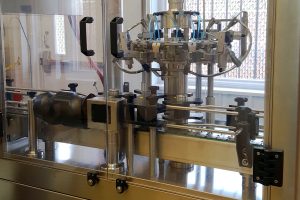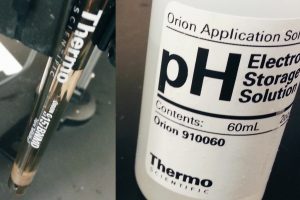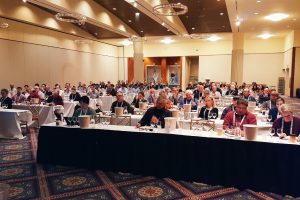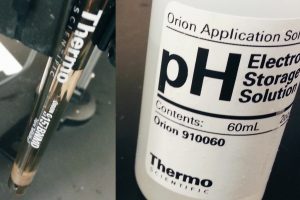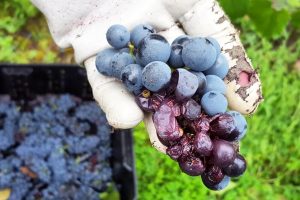Bottling season is intense. There are a lot of steps involved for each wine destined for packaging. Now is definitely not the time to cut corners. It’s tedious for a winery of any size, time-consuming, and can be downright boring. But that’s no reason to give into complacency in the cellar. In fact, previous research […]
Don’t Forget! “pH Explained” Webinar on April 23rd
While we talk about pH all of the time, many winemakers rarely feel comfortable discussing its influence on their wines and measuring it. Wine pH influences various chemical and microbial stabilities, and is a fluid value that requires monitoring by the winemaker. For this reason, on April 23rd, the Darn Good Winemakers session will focus […]
2019 EWE Conference Recap
Formula Wine Production, Regulatory Challenges, and Yeast Selection As many of you know, I regularly attend the Eastern Winery Exposition (EWE) Conference. The conference gives me a chance to see what’s new among tradeshow vendors and catch up with many familiar faces. You’ll usually find me at the American Society of Enology and Viticulture – […]
pH Explained
A Winemaker’s Journey to Understanding Acid Chemistry One of the most common mistakes I hear winemakers make is when they reference a wine’s pH in response to someone else’s comment on how sour the wine tastes. We’ve all heard it. Someone: “The wine is a bit tart.” Winemaker: “Well, the pH is 3.24.” This simple […]
Don’t Forget! “Creatively Perfecting Wines in Challenging Vintage Years” Webinar on March 26th
Early in March, I presented options for how to use wines produced from disease-heavy fruit at the annual Grape Expectations conference in New Jersey. However, given many winemakers could not attend this conference, I’m going to review some of these core concepts in the March Darn Good Winemakers session. If you need help getting something […]
Enhancing Quality of Subpar Wines
Did the 2018 vintage leave you with wines that are less than desirable? If so, you’re not alone. Winemakers in hot, consistently dry climates get adjusted to the routine of making wine. But if you’re a winemaker in a region that experiences vintage variation, routine winemaking practices can be your worst enemy. In years that […]
